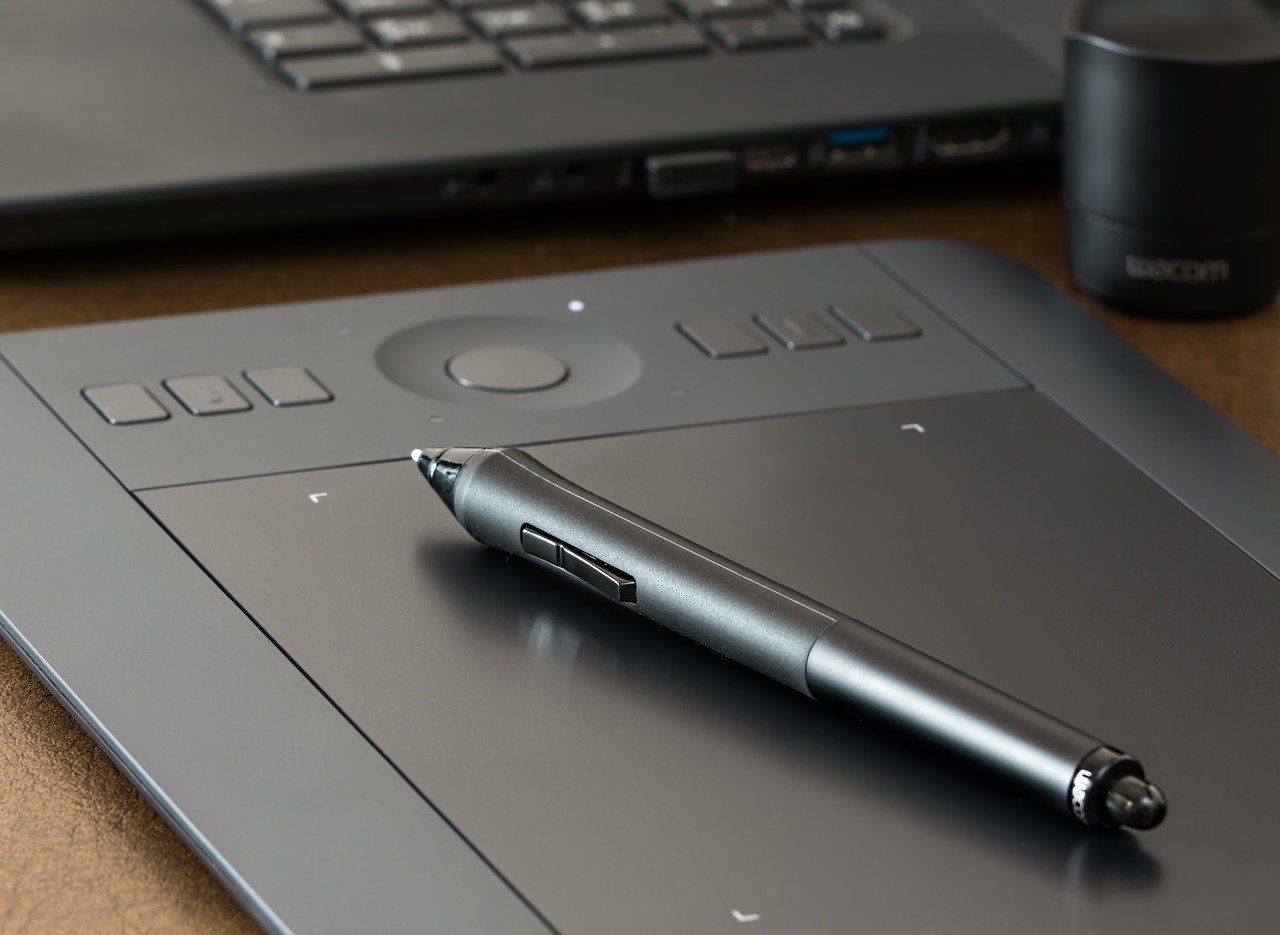Designing today involves an incredible variety of tools that enable creators to craft visually appealing and functional projects. These tools are not just limited to graphic design but span various categories, from UI/UX and web design to video production and 3D modeling. Each tool offers unique capabilities and can enhance different stages of the creative process, whether for sketching, prototyping, or final production. With so many options available, selecting the best tools can be challenging, but understanding their key features can make the choice easier.
Essential tools for creators in design
The design landscape is filled with tools that cover every step, from ideation to presentation. For creators, certain tools stand out because they streamline workflows, offer robust functionality, and integrate seamlessly with other platforms. Choosing the right tools can often mean the difference between a quick, smooth workflow and a cumbersome process that limits creative potential.
For graphic design, tools like Adobe Photoshop and Adobe Illustrator remain industry standards, while alternatives such as Affinity Designer and Procreate provide cost-effective and specialized options for illustrators. Meanwhile, for UX and UI designers, tools like Figma and Sketch offer collaborative environments where teams can work together in real time on wireframes and prototypes.

Tools for visual design and illustration
Graphic designers and illustrators rely on tools that allow for flexibility and creativity. Adobe Photoshop has long been favored for its powerful image manipulation capabilities, but Adobe Illustrator shines when it comes to creating vector-based graphics, which are essential for logos, icons, and other scalable designs. However, both tools come with a subscription cost, leading many independent designers to seek alternatives.
Affinity Designer has grown popular as an alternative to Illustrator, offering a similar toolset at a one-time purchase cost. For those who work on tablets, Procreate provides a tactile and responsive drawing experience that feels natural, particularly for illustrators. Procreate’s customization options for brushes and its color management make it highly adaptable for various styles, especially for hand-drawn and painted artwork. CorelDRAW is another option, providing features comparable to Illustrator and is particularly useful for logo and branding projects.
UI/UX design and prototyping tools
For creators involved in digital product design, prototyping tools are essential to bring interfaces to life. Figma has become a top choice for many UI and UX designers, offering an all-in-one platform that supports real-time collaboration, vector editing, and prototyping. Figma’s cloud-based nature also makes it accessible from any device, encouraging flexibility and teamwork.
Sketch is another popular choice among UX/UI designers, particularly for macOS users. With a comprehensive plugin ecosystem, Sketch is highly customizable, making it easy to adapt the interface for specific needs. Adobe XD rounds out this category as a versatile tool for web and app design, offering features for both wireframing and prototyping. Adobe XD integrates well with other Adobe products, which is a plus for those already working within the Adobe ecosystem.
For rapid prototyping, InVision offers a visual platform where designers can quickly create interactive prototypes. It also includes collaboration tools, allowing teams to leave feedback directly on the project. Axure RP is a tool designed specifically for advanced prototyping and is ideal for complex, data-driven interfaces. It includes functionality for creating dynamic content, conditional flows, and even animations, providing a high-fidelity preview of user interactions.
3D modeling and animation tools
3D design and animation have become vital components of many creative projects. Blender is a free, open-source tool that is immensely powerful and has become an industry favorite for 3D modeling, animation, and even game development. Its wide range of tools includes modeling, rigging, texturing, and rendering, making it a one-stop-shop for 3D artists.
Cinema 4D is another excellent option, particularly for motion graphics and animation. Its intuitive interface makes it accessible to beginners, yet it is robust enough for professional work. Autodesk Maya is renowned in the animation and film industries for its advanced animation capabilities, including character animation and motion capture. However, Maya’s steep learning curve and subscription cost may be prohibitive for some users.
For creators focused on visual effects and compositing, Adobe After Effects provides extensive tools for animation, motion graphics, and compositing. With its numerous plugins and integration with other Adobe software, After Effects is often used to create visual effects in film and television.
Presentation and collaboration tools
Designers often need tools to present their work in a clear and professional manner, particularly for client reviews or team feedback sessions. Canva is a user-friendly platform for creating visually appealing presentations, social media graphics, and other marketing materials. Although it’s not as sophisticated as some other design software, its simplicity and wide selection of templates make it ideal for quick, polished presentations.
For collaboration, Miro offers a virtual whiteboard where teams can brainstorm, organize ideas, and map out designs. Miro is particularly useful for remote teams needing a shared space for brainstorming sessions. Additionally, Slack and Trello help manage design projects by streamlining communication and tracking project progress, allowing creators to focus on tasks rather than administrative details.
Top tools for efficient workflows
To maintain productivity, design professionals often incorporate tools that improve workflow efficiency. Here are some essential workflow tools that can significantly enhance productivity :
- Slack: for real-time communication, especially in team settings
- Asana or Trello: for task and project management
- Notion: for organizing resources, references, and project notes in one place
- Google Drive: for easy file sharing and collaborative work across multiple files
- Zapier: for automating repetitive tasks across applications
Each of these tools contributes to a more streamlined workflow, allowing creators to focus on their design work rather than administrative tasks.
Adapting to new design tools
In the rapidly evolving field of design, staying updated with the latest tools is essential for professional growth. As new software emerges, creators gain access to advanced features and capabilities that can open up new possibilities for creative expression. Regularly exploring updates or investing time in learning new tools can be beneficial. Some companies offer free trials or discounted licenses for students and professionals, providing an accessible way to experiment with emerging tools.
Whether working independently or in a team setting, the right design tools make a significant impact on the quality and speed of work. Incorporating a combination of specialized and collaborative tools enables creators to handle a variety of projects while keeping their workflows smooth and efficient. From graphic design to 3D modeling and collaborative presentation platforms, selecting the right tools can empower designers to achieve high standards in their creative output.
